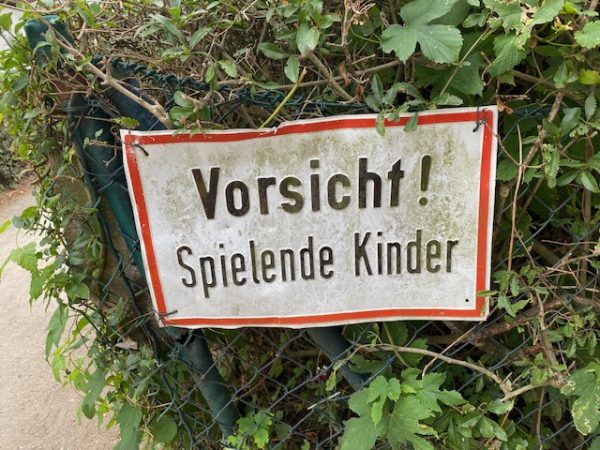The pressure on children and their parents is high to succumb to the temptation of digital and online gaming. Albeit there are many funny and learning alternatives for them if they are accompanied by an instructor to build or invent their own game. With some adaptations it is possible to assemble for example a coordination game for children which directs a small ball through a labyrinth. Add speed and tricky holes to the “parcour” and the race is on. It is little bit like hands-on physics as the speed and acceleration patterns across the parcour varies a lot. Planning, building and playing are an ensemble in this simple game. Probably also more fun than the x-th repetition of a digital game.
(Inspiration from: Berliner Kultur gestalten, workshops for children).






